Podcast: Play in new window | Download (Duration: 38:49 — 55.8MB)
Subscribe: RSS
In this episode I am joined by Restorative Specialist, Dr Kushal Gadhia who is one of the educators for ACE Courses. He is one of the most passionate people about Occlusion I have met, so it was great to geek out with him.
Protrusive Dental Pearl: Have you located your local physiotherapist who has an interest in treating Temporomandibular Disorders? You can find them on the following website: ACPTMD
You can download the latest Glossary of Prosthodontic Terms from Protrusive Dental Community Facebook group alongside hundreds of other papers and downloadable resources.
What we discuss in this episode:
- We discuss our reason and love for continual study in the field of occlusion
- Definition of Centric Relation (CR) (applicable one!) and why we have to rely on teeth as references
- Why is the ‘reproducibility’ of CR useful?
- When should you NOT use CR as the position to rehabilitate? 2 Good examples given (a 3rd one I suggest at the end)
- In those situations you use an arbritary treatment position, how can you ensure success?
- We briefly discuss about Orthdodontics and the controversy of whether Orthodontists should be planning from CR
- What happens to patients rehabilitated in CR position over time
- If you restore someone in CR – can you stop their Bruxism?
- There may also be an anatomical reason not to use CR which we discuss at the end
- Remember – most of our Dentistry is Conformative and in ICP/MIP – Become a GOOD conformer first!
- Handouts:
Glossary of Prosthodontic Terms 9th Edition
Loads more episodes to come out this month to make up for February – we had the first successful ‘THE Dental Splint Course’ hosted at Precision Dental Studio in Reading.



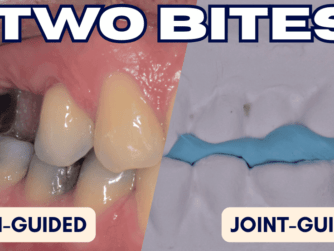
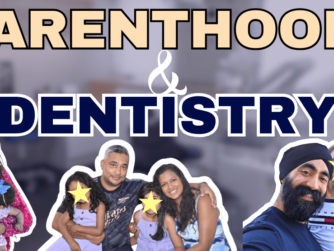
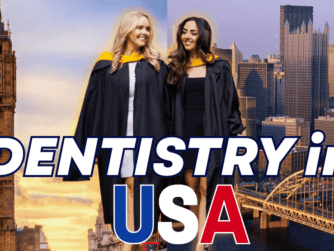
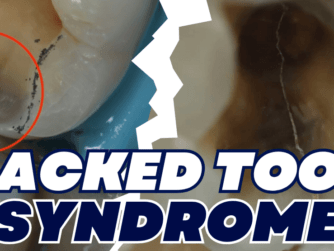
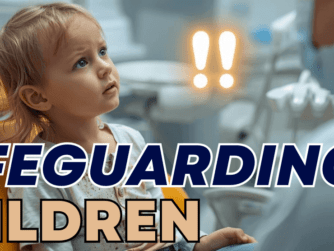

[…] If you loved this episode, you will definitely like If You’re Not In CR, You Will Die with Dr Kushal Gadhia! […]
[…] If you loved this episode, you will like If You are Not In Centric Relation, You Will Die […]